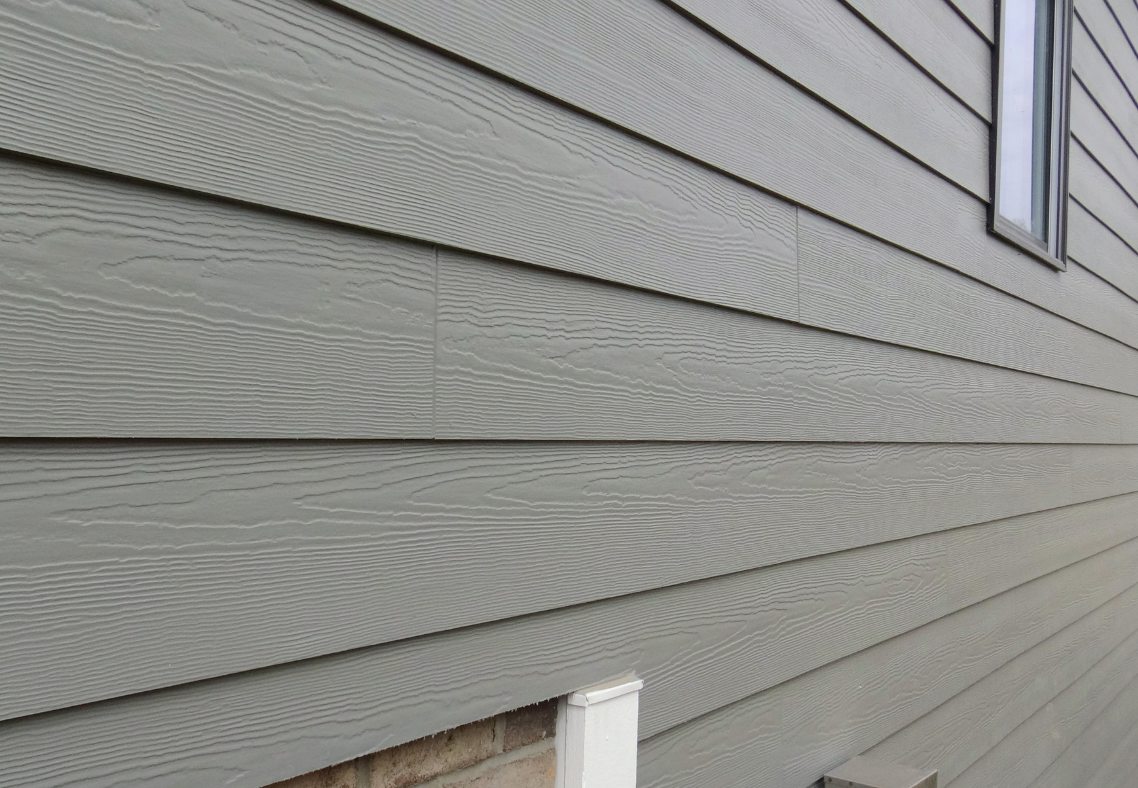Can Siding Really Melt Off?
Roof Right: Exterior Home Remodeling Specialists in Maryland Contact UsSchedule A Free EstimateFor many homeowners in Carroll County, Maryland, vinyl siding is a popular choice due to its durability, affordability, and low maintenance. However, one of the more alarming issues homeowners might face is the phenomenon of siding melting. This problem, while not common, can occur under certain conditions and poses significant concerns regarding the safety and aesthetics of your home. In this blog post, we will explore the reasons why siding can melt, how to prevent it, and what to do if it happens to your home.
Answering The Question: Can Siding Really Melt Off Of Your Home?
Understanding Why Siding Melts
Vinyl siding is made from polyvinyl chloride (PVC), a type of plastic that, while resistant to many environmental factors, has a melting point that can be reached under extreme conditions. There are a few primary reasons why vinyl siding might melt:
- Reflected Sunlight: One of the most common causes of melted siding is reflected sunlight. When sunlight hits a nearby reflective surface, such as a window from an adjacent building, it can concentrate the sunlight onto a specific area of your siding. This concentrated light can create temperatures high enough to deform or melt the vinyl.
- High Outdoor Temperatures: During heat waves or particularly hot summer days, the outdoor temperature alone can sometimes cause vinyl siding to soften. While it typically takes temperatures well over 160°F to cause significant damage, areas that receive direct sunlight for extended periods can be at risk.
- Fire: This is a more obvious cause but worth mentioning. Proximity to fire, whether from a grill placed too close to the house, fireworks, or even a nearby house fire, can cause the siding to melt or burn.
- Poor Installation: If siding is not installed correctly, it can warp or buckle, which can make it more susceptible to heat damage. Proper spacing and installation techniques are crucial to ensure the siding can expand and contract with temperature changes without becoming damaged.
How to Prevent Siding from Melting
While you can’t control the weather, there are several steps you can take to protect your vinyl siding from melting:
- Install Heat-Resistant Screens: If you have windows that might reflect sunlight onto your siding, consider installing heat-resistant screens or window films. These can reduce the amount of concentrated sunlight and help protect your siding.
- Choose Reflective Siding Colors: Lighter-colored siding tends to reflect more sunlight than darker colors, which absorb more heat. Choosing a lighter shade for your vinyl siding can help reduce the risk of melting.
- Maintain Safe Distances for Heat Sources: Ensure that grills, fire pits, and other heat sources are kept at a safe distance from your home. The radiant heat from these sources can easily cause damage to nearby siding.
- Proper Landscaping: Plant trees or shrubs strategically to provide natural shade for your home. Not only does this protect your siding, but it can also reduce cooling costs in the summer.
- Regular Inspections: Conduct regular inspections of your siding, especially during and after the summer months. Look for signs of warping, discoloration, or softening. Early detection of potential issues can help you address them before they become severe.
What to Do If Your Siding Melts
If you discover that your siding has melted, it’s important to address the issue promptly to prevent further damage and maintain the integrity of your home. Here are the steps you should take:
- Identify the Cause: Before making any repairs, try to determine what caused the siding to melt. This will help you prevent it from happening again. Look for reflective surfaces nearby, check the positioning of heat sources, and consider the recent weather conditions.
- Contact a Professional: Melting siding is not a DIY fix. It’s important to contact a professional siding contractor who can assess the damage and recommend the best course of action. Professionals have the expertise to repair or replace the damaged siding properly.
- Repair or Replace: Depending on the extent of the damage, you might need to replace only a small section of the siding or the entire panel. A professional can match the color and style of your existing siding to ensure a seamless repair.
- Take Preventative Measures: After repairing the damage, implement some of the preventative measures mentioned earlier to protect your new siding from future issues. This might include installing screens, adjusting landscaping, or repositioning heat sources.
Contact Roof Right For Siding Repair Services In Carroll County, Maryland
If you’ve noticed any signs of melting or warping on your vinyl siding, it’s essential to address the issue promptly to prevent further damage. At Roof Right, we specialize in siding repair and replacement services tailored to the unique needs of homeowners in Carroll County, Maryland. Our experienced team can quickly assess the damage, identify the cause, and provide a comprehensive solution to restore your home’s exterior.
Don’t let damaged siding compromise your home’s appearance and safety. Reach out to Roof Right today for a professional assessment and repair. Our experts are here to ensure your home stays protected and looks its best. Contact us now to schedule your siding repair consultation and experience the peace of mind that comes with expert care and service. Call Roof Right today and let us help you maintain the beauty and integrity of your home.
Areas We Serve
If you're looking for a roof contractor in Maryland, give Roof Right a call today at (410)-374-5923 to schedule an appointment!
Carroll County
Howard County
Clarksville, Columbia, Elkridge, Ellicott City, Fulton, Jessup, Laurel, Woodstock
Montgomery County
Baltimore County
Baldwin, Bradshaw, Carney, Cockeysville, Glen Arm, Hunt Valley, Jacksonville, Kingsville, Lutherville, Nottingham, Overlea, Owings Mills, Parkton, Parkville, Perry Hall, Phoenix, Pikesville, Reisterstown, Sparks, Timonium, Towson, White Marsh

